
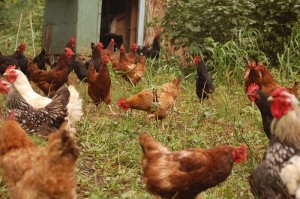 Our road to be self sufficient can lead one to build an amazing garden. The next logical step relates to a consistent source of protein. Sure, you can try growing soy beans and live a vegan lifestyle, but why not try keeping chickens? Chickens are a great choice because they provide choices. Maybe you only want chickens for meat or for eggs. You have a choice. This article will focus on providing information to help you begin thinking about keeping chickens.
Our road to be self sufficient can lead one to build an amazing garden. The next logical step relates to a consistent source of protein. Sure, you can try growing soy beans and live a vegan lifestyle, but why not try keeping chickens? Chickens are a great choice because they provide choices. Maybe you only want chickens for meat or for eggs. You have a choice. This article will focus on providing information to help you begin thinking about keeping chickens.
Chickens belong to the genus Gallus which is the Latin word for “rooster.” They are fun animals to keep. Chickens provide great food for the family with their eggs and meat. Chickens are very diverse and can come in many colors and sizes. People often choose their favorites. Also, keeping chickens is educational for everyone.
The cost of keeping chickens can vary enormously. All chickens have to be housed in something. So, some type of housing is required. But, they do not need anything super extravagant. Chickens need to be fenced in or they will wonder into your garden and the neighbor’s yard. Other costs relate to how easy it is to buy your desired breed in your area and their food. All of those costs can vary greatly.
Many people are allergic to chickens. Make sure the members of your family are not allergic. You want to find out as early as possible. The best way to check is to visit some chickens. Fairs, poultry shows, and even zoos are great places to see them. Search for others in your area whom sell or keep chickens. Give them a call and visit. This will ensure you do not waste money putting your flock together and having to get rid of it.
There are some downsides to keeping chickens you need to be aware about. Chickens can produce a lot of droppings. These droppings must be managed because they will begin to smell and you will be keeping chickens and flies! The favorite pastime of any chicken is to scratch. Make sure you do not have them anywhere near seedlings are delicate plantings. It is best to give them their own area. Because of their scratching and other activities, chickens stir up dust which can prove unpleasant if they are kept in an outbuilding with equipment or other belongings.
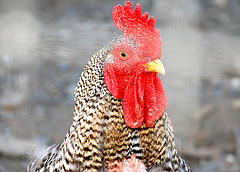 As you look around your yard for where to keep chickens, think about your neighbors. Chickens do make noise especially roosters. Roosters are sure to crow when the sun comes up. But, they also crow at night and when they want to warn the flock. If this is a problem, think about keeping hen-only chickens. While hens do make noise, only a neighbor with a lot of time on their hands will be bothered. Rooster-less flocks are fine. One of the jobs of a rooster is to fertilize the eggs. Without a rooster, you won’t be able to hatch new chicks, but you can still have wonderful eggs.
As you look around your yard for where to keep chickens, think about your neighbors. Chickens do make noise especially roosters. Roosters are sure to crow when the sun comes up. But, they also crow at night and when they want to warn the flock. If this is a problem, think about keeping hen-only chickens. While hens do make noise, only a neighbor with a lot of time on their hands will be bothered. Rooster-less flocks are fine. One of the jobs of a rooster is to fertilize the eggs. Without a rooster, you won’t be able to hatch new chicks, but you can still have wonderful eggs.
There is a great variety of chicken breeds. You will need to decide what you want your chickens to provide for you and your family. This decision can be simple. Do you want eggs, meat or both from your flock? There are breeds which are best for eggs or meat. Some breeds are what we call hybrids. Hybrids are not particularly great at both. Many people keep two flocks. One flock for eggs and one flock for meat. The choice is up to you.
All hens will lay eggs. However, many breeds lay more and better eggs than others. Great hens can lay more than 20 dozen a year. The best producers are called egg or layer breeds. They are usually smaller than their meat providing counterparts and produce white-shelled eggs. There are some good brown-shelled layers too. In fact, many consider brown layers to be easier and calmer making them great to keep. Examples of these breeds are Minorca, Ancona, and Leghorn.
Meat breeds are not as small as egg breeds. Egg breeds spend all their time producing eggs. We use chicken meat classes to help determine when to butcher chickens. The classes are: Cornish Hen, Broiler, Roaster. The youngest is the Cornish Hen. The oldest is the Roaster. Remember to keep in mind the feeding costs related to the time it takes the chicken to get to its butchering weight. As those costs increase, your cost per pound also increases. It is important to know your intention for the bird before you begin raising it. Great meat breeds include Australorp, Orpington, and Cornish.
Hybrid breeds do not really do either job extremely well. However, there are some good cross breeds. Remember, they will not provide as many eggs as a layer. Also, it will take longer to get them to the weight you want for butchering. Keep an eye on your feeding costs. Also, if you choose to use a cross breed, you will not be able to raise your own chicks. You will have to become a steady customer at a hatchery. The best examples of this breed are New Hampshire, Plymouth Rock, and Wyandottes.
Young chickens or pullets start laying around 20 weeks old. The first eggs are always smaller and hens lay one every four days. When a hen gets 30 weeks old, she will begin laying 2 eggs every 3 days and the eggs will be a normal size. The poor performers of the flock should become candidates for slaughter. This will ensure your flock is operating efficiently and costs are kept within bounds.
Meat breeds need to be monitored for their weight per meat classes. When butchering time comes, you will need to prepare yourself of butchering. There are great resources for learning to do this. Also, you may find a local butcher if you are not interested in performing this activity. Either way, you will have one of the best meals you have ever had.
Find Out More About Keeping Chickens At Home and Learn How to Raise Chickens.
Do you want to keep chickens for food or meat?
If you’ve ever wanted to be self sufficient and grow your own food, then I highly recommend that you check out the Incredible Chickens System for growing a quality flock without all the problems.
The Incredible Chickens System can help you build a sustainable garden that regenerates all by itself. Click here to see if it is right for you.
Pics by Scrap Pile and Sh4rp_i.

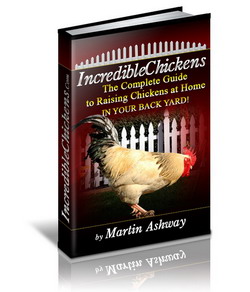
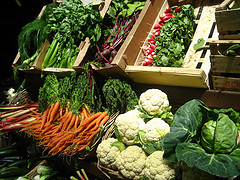
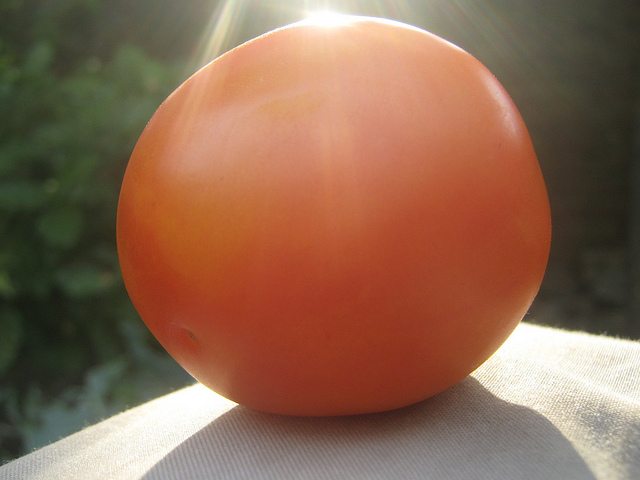

[…] Source […]